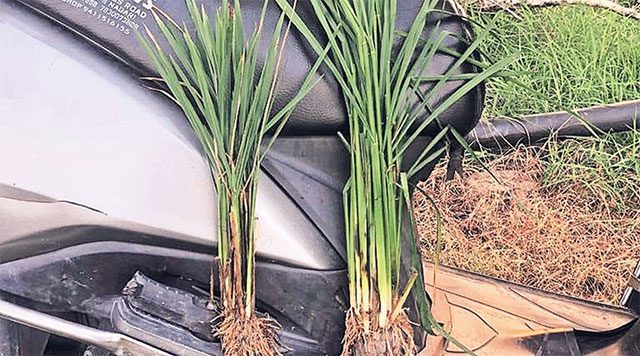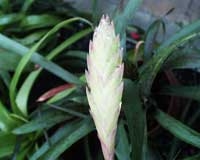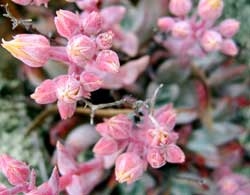The infection rate of crops in a field ranges from 2% to 10%, with some areas experiencing rates as high as 20%. This has significantly reduced the yield of this crop in India and poses a challenge to global food supply.
According to the Indian newspaper Indian Express, the Indian Agricultural Research Institute (IARI) has surveyed a total of 24 rice fields in districts of Haryana state.

Infected rice plants wilting and stunted. (Photo: Express)
After the investigation, the research team confirmed that in these fields, the mysterious disease causing rice plants to become stunted and wilted is the black streak dwarf disease caused by the SRBSDV virus. This virus is transmitted by the white-backed planthopper, a pest that infects plants by feeding on the sap of young rice plants.
“This virus appears in infected plants and on the bodies of the insect vectors. However, the virus is not present in the rice grains of infected plants. This virus does not transmit through the seeds,” emphasized A K Singh, Director of IARI.
“Infected plants exhibit clear external symptoms. Their roots are poorly developed and turn brown,” IARI described in a report submitted to the Ministry of Agriculture. IARI noted that infected plants can easily be uprooted due to their shallow roots. The height of stunted plants decreases by 1/2 to 1/3 compared to normal plants.
Scientists employed three independent tools, including electron microscopy, RT-PCR testing, and real-time quantitative PCR, to draw conclusions about the cause of stunting in rice plants in certain regions.
The IARI investigation found infection in 12 rice varieties. Overall, non-basmati aromatic rice varieties were more affected than basmati rice. Additionally, late-sown rice was less infected than early-sown rice.
Since the virus spreads through the white-backed planthopper, IARI has advised farmers to monitor their fields for this insect. Pest outbreaks can be controlled by applying insecticides at the recommended dosage over a period of 15 days.





















































